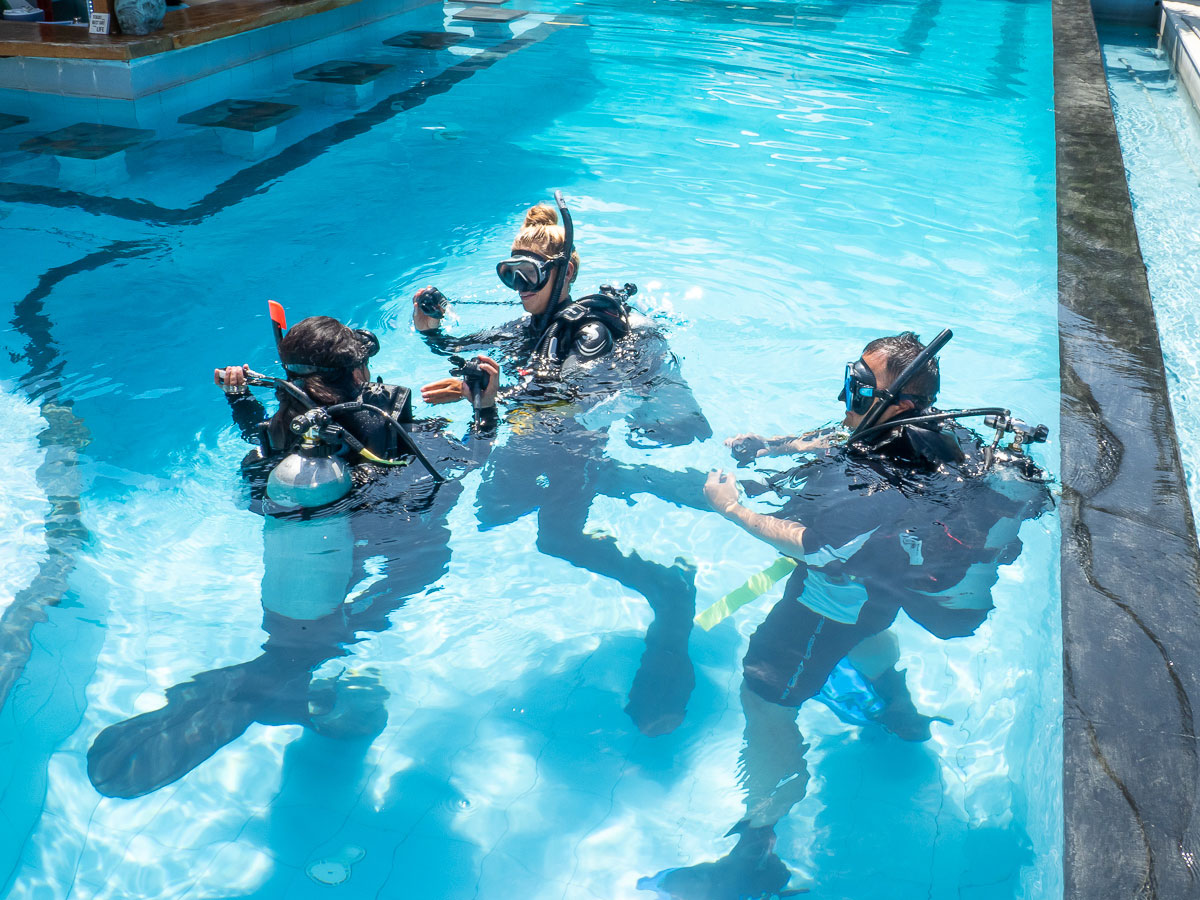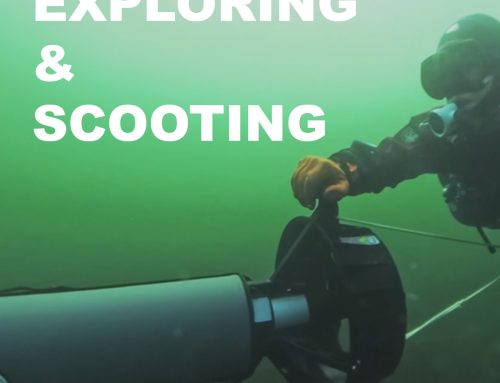I don’t know if I should do a Refresher, a Scuba Review, Re-Activate or all of them! Help!!
This blog is directed at both recreational divers and dive professionals to clear up some confusion surrounding these three programs. Even though they get mixed up all the time, the distinctions are actually quite clear once you understand the recommendations and who can participate.
Realistically, it can be very confusing to know as a certified diver (regardless of the certification level), “When is it actually necessary for me to do a Refresher? Ah wait, I mean a Scuba Review, but wait… my PADI scuba instructor told me it was Re-Activate… and that after one year without going diving, it is mandatory… pfff what a mess, now I’m really lost on what I have to do…”
Let’s look at the program step by step and debunk some of these myths.

-
When is it necessary to go through *some kind of* review
This is a very personal subject. Normally it is recommended to sign up for a refresher after 1 year without diving. However someone with only 7 dives in their log book may need a review after only 3 months without diving. The same goes on the other side of the spectrum. Perhaps someone has 70 dives, but has been out of the water for more than a year, will decide against doing a review because they have always been super comfortable in the water.
Other reasons for wanting to go through a refresher could be using brand new equipment like switching from a short wetsuit to a thick, full length one, a new BCD or maybe the conditions are completely new to them. In these cases, it is recommended that they take some time in a more controlled environment (or even in the pool) to get used to the gear or have them work with an instructor.
Whatever the case, the most important thing to consider is the diver’s safety. Reviewing skills that we are not all too comfortable with is smart regardless of whether we’ve been out of the water for a long or short period of time.
The truth of the matter is that none of the certifying scuba diving organizations (PADI, SSI, CEMAS, etc) have a specific set length of “time without diving” that correlates with needing a refresh. As we’ve already seen, it is very much a person to person situation.
If you are unsure, speak to your local dive professionals to help you decide if it is a good idea for you. They will be able to inform you on the conditions in the area and whether or not you should spend time reviewing specific skills that will help you dive in the local environment. It’s not the same to dive in the kelp forrest of California (cold water and sometimes bad visibility) versus diving here in the Komodo National Park (known for its strong currents, ie drift dives).
Same Dog, Different Collar
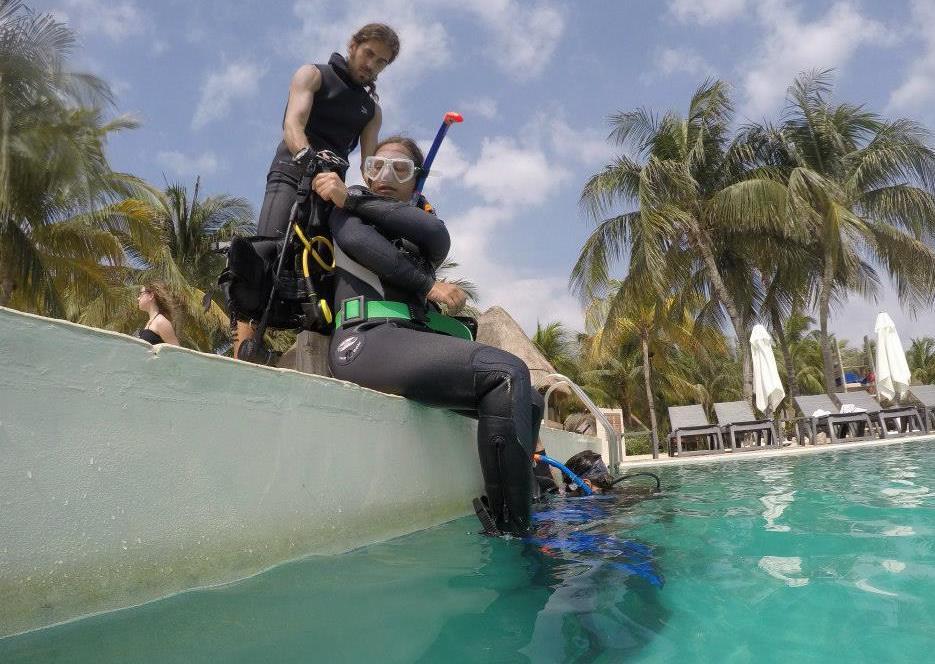
2. Scuba Review (PADI Old Style Course):
Many instructors, especially PADI Scuba Instructors continue to call the course by this name, even if they are actually teaching the updated version. Back in the day, the course was called Scuba Review and it required the student diver to repeat all 24 skills of their Open Water Course. This was not a very popular course for a very long time because of the sheer time commitment of reviewing all of the skills again. Naturally, dive shops started to reduce the amount of skills that were reviewed and they focused only on the most useful skills. Since these trimmed down courses could not be sold as official Scuba Review programs, they were often referred to as Refreshers.
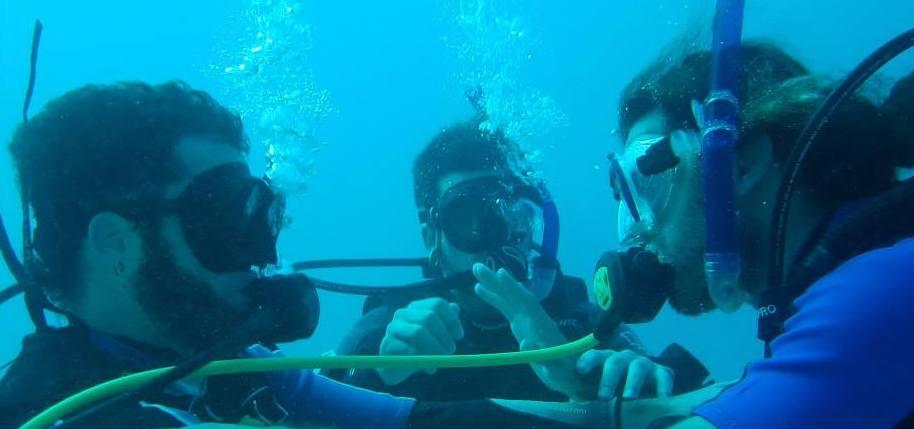
3. Refresh
This is the most common program that you will see offered in dive shops. It is a trimmed down version of the Scuba Review and is one that a Divemaster or Instructor can instruct. A refresher focuses on the most important skills such as buoyancy, mask clearing and safety (ex: sharing air with your buddy, relieving cramps, and the controlled emergency swimming ascent). This kind of program is not associated with any dive association and therefore you will not get a new certification card with its completion. This is simply a program designed by dive centers following the same standards as official programs and well, it had to be called something.
4. Re-Activate (PADI)
This is the new program designed by PADI (an update from the old Scuba Review). This is an improved version of the course in which we focus on two areas of skills where divers have the most difficulty, buoyancy control/mask clearing and safety. Below, you will find the standards for the Re-Activate program in which you will find the mandatory skills to be practiced.
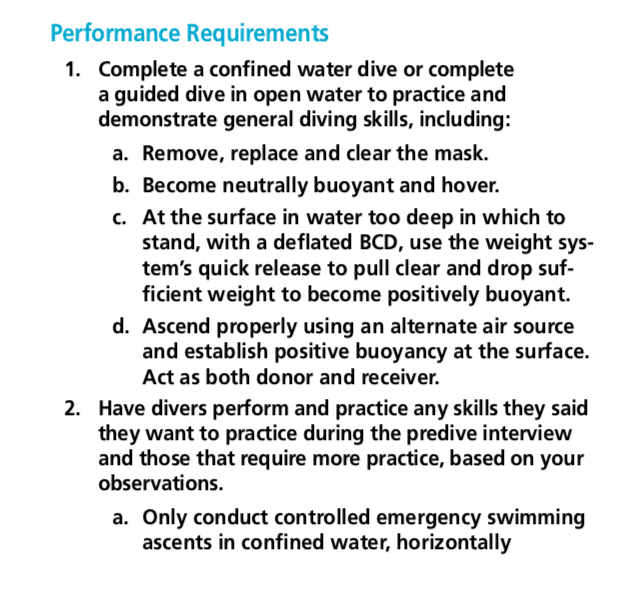
5. Who will be my instructor?
In this case, both Instructors and Divemasters can teach this course (Re-Activate must be an “active status” PADI dive professional). The reason behind this is because the diver is already certified and therefore would not be learning any new skills (at least if their certifying instructor followed all of the Open Water Course standards).
6. Theory… what kind of homework will I have?
Although it can be tempting to just focus on the practical part of scuba diving, refreshing our dive theory goes hand in hand. It is necessary to review the most important concepts of scuba diving before jumping into the water. This includes setting up and taking apart your equipment, dive profiles, decompression theory, dive tables or use of a dive computer, no decompression time, ascent rates, etc. There are many options that an instructor can use to test the diver’s theory understanding (for example: the final exam for the Open Water course or a quick review exam). In either case, the test should be reviewed by the instructor allowing the student to ask any questions they have on the theory.
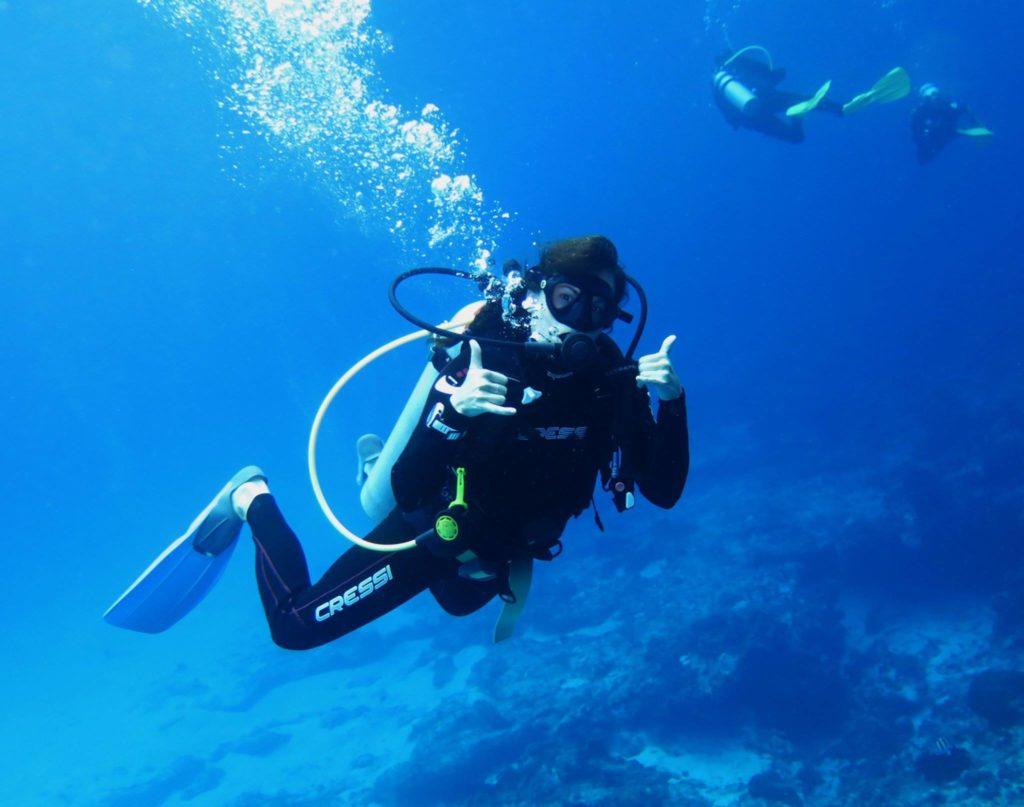
Important points:
- If you don’t feel very comfortable with your dive level or you have that lingering sensation ummmm… I don’t know if I need one… Just do it. You will avoid feeling uncertain and taking the risk. Follow your instinct with how you feel about the dive, regardless of how little time you’ve been out of the water.
- Get to know your Instructor (or Divemaster) and let them get to know you! It is best to share your experience, worries, date of last dives, what kind of environment you’ve been diving in and of course, what exercises you would like to practice. Teaching goes in both directions, both student and instructor should be participating in this discussion.
- Regardless of what the program is called, make sure that you get to review the basics in scuba diving theory.
- Your Instructor or Divemaster must be certified as such. People in the middle of taking the Divemaster (DMT or Divemaster in Training) are not certified to run this program on their own.
In a future blog post, we will be going through, in detail, the Re-Activate program from the PADI professional stand point. We will review how to organize the different sessions of training and what is needed to complete the course (forms, materials, etc.)
Happy diving and see you soon!
Aitor Diaz
PADI Course Director
Azul Unlimited
We teach responsible scuba divers and ocean protectors. The brand is run by PADI IDC Staff Instructor Sarah Valdez who teaches scuba diving in person and on YouTube. Now she travels around the states and Mexico in her van scuba diving in new and different places. Follow her adventures on YouTube, Instagram, Facebook, and TikTok or join the Azul scuba community on Patreon.
Azul Unlimited is partnered with Azul Komodo, a top PADI IDC Center in Labuan Bajo, Indonesia offering daily dive trips to the Komodo National Park. Contact their team directly for an unforgettable experience diving in one of the top dive destinations in the world!






